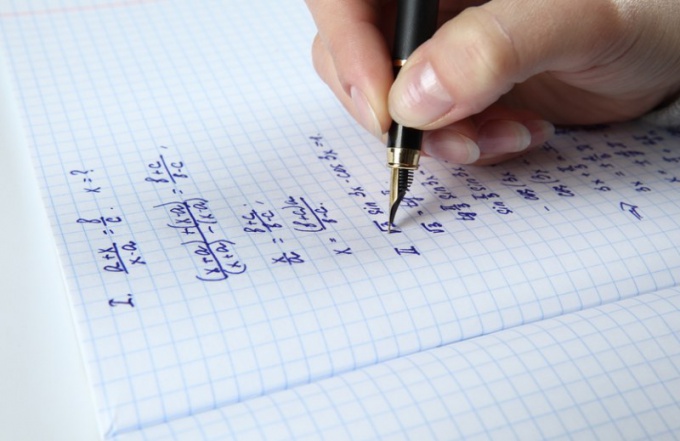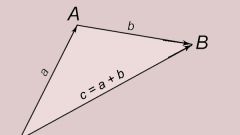Instruction
1
Write down the dimensional matrix of MXN, where m is the number of rows and n is the number of columns of the object. In the most simple case of finding the sum of all matrix elements follow the sequence of addition of its values. The first line of the first element with the second fold to the obtained result, add a third etc. until the last row value. Further to the sum of the elements of the first row in the same way add the values of the second and all subsequent rows of the matrix. Moreover, when adding numbers, keep in mind their sign. So, the values of -4 and 5 give the sum of 1 and -5 + -6 = -11.
2
Determine the sum of the elements on the main diagonal of the matrix. The main diagonal of the matrix is from top left to bottom right. All items standing on the "straight" fold together. Determine the sum of all numbers on the main diagonal, record the final result.
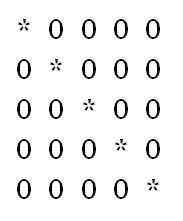
3
Similarly calculate the sum of the elements on the secondary diagonal of the matrix in question. The secondary diagonal is called the "direct" passing from the upper-left corner of the matrix in the lower right. All values of the object lying on the diagonal, add together and record the result.
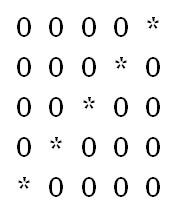
4
Find the sum of elements standing below the main diagonal. To do this, swipe on the main diagonal of the matrix line, shut-off values of the diagonal and the upper part of the object. Find the sum of the elements located below the straight line. For this purpose it is desirable to add the values line by line. From the first row below the main diagonal take the only one standing there element, fold it with the first element of the next line, then to the sum add the value of the second element. Next, go to elements in the third row, etc. until after adding the last cross out of the matrix element below the main diagonal.
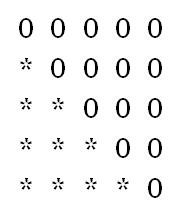
5
To calculate the sum of matrix elements that stand above the main diagonal, and do the same, only in quality terms consider the elements stand above the crossed out diagonally.
